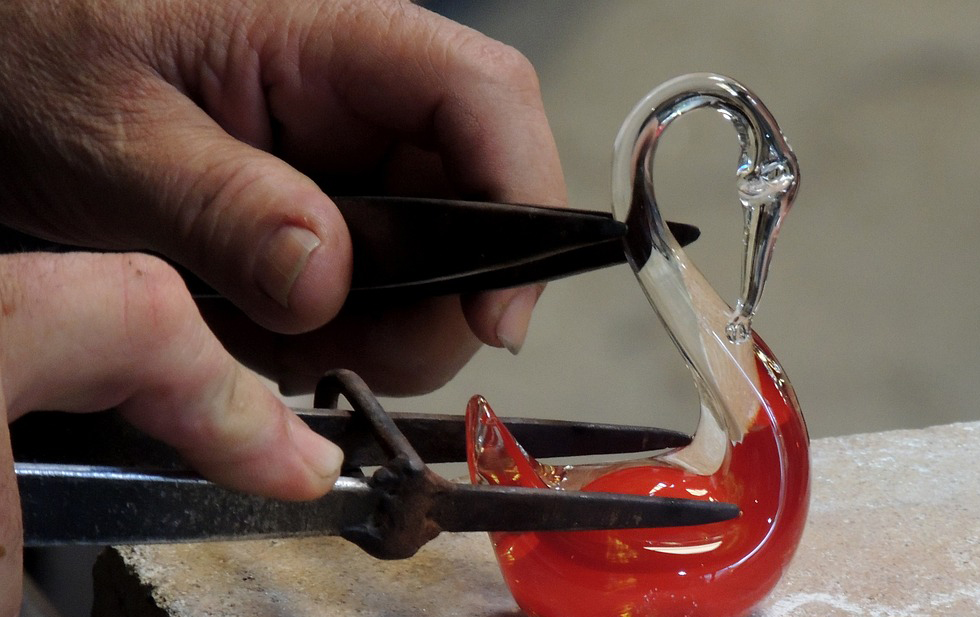The Quiet Revolution - Handcrafting meets Technology
The Quiet Revolution - Handcrafting meets Technology
In an era of mass production, a subtle yet powerful trend emerges, encompassing the reverence for handcrafted goods while embracing cutting-edge technology.
18 April 2024
BACK TO BLOGS

Introduction
In an era of mass production, a subtle yet powerful trend emerges, encompassing the reverence for handcrafted goods while embracing cutting-edge technology. This unique marriage of traditional craftsmanship and technological innovation presents a significant shift in multiple industries, heralding a new age of personalized, sustainable, and regional economic growth.
Tradition and technology are converging to transform the handcrafted goods market, challenging conventional norms and opening up a landscape riddled with opportunities. This trend departs from the standard rhetoric of automation and mass production, nurturing a hybrid space where the authenticity of handmade products is preserved while leveraging the precision of modern technology.
What's Changing?
Multiple signals indicate a resurgence of interest in handcrafted goods, coupled with a novel integration of technology. This is evidenced in the:
-
Local marketplace: Seattle's vibrant handcrafted wares signify increased community support for artisans.
-
Coffee industry: Starbucks' commitment to freshly roasted, handcrafted Arabica coffee beans in China shows a shift towards quality and craftsmanship in the beverage industry.
-
Office aesthetics: Organic shapes and handcrafted looks, as highlighted by Yahoo Life, mirror the desire for personalized and human-centric workspaces.
-
Women's entrepreneurship: Vital Voices' GAP NYC emphasizes innovative handcrafted initiatives led by women, indicating the role of craftsmanship in socio-economic development.
-
Luxury retail: Artisans setting new standards as seen with Swaine's New Bond Street store highlights the increasing prestige of handcraftsmanship.
Furthermore, the traction gained by the green movement collides with this trend, seen in Siemens Gamesa's RecyclableBlades in wind turbines and the alleged future reliance on regeneratively sourced materials. These examples underscore a sharp pivot toward sustainable production and consumption.
Why is this Important?
The intertwining of handcrafting with technology redefines the consumption landscape. It is a harbinger of:
-
Increased valuation of uniqueness and authenticity in products.
-
Green consumerism: a surge in demand for products with minimal ecological impact.
-
Enhanced socio-economic prospects for regional artisans.
-
Revitalization of traditional crafting techniques preserved through tech-enhanced production methods.
The effect of this trend is expansive, impacting global markets as diverse as fashion, home décor, energy, and more. It suggests a future where crafted items are not relics of the past
Implications
The convergence of handcrafting and technology implicates various sectors. It indicates the potential for:
-
Customizable production processes, where customers play an active role in design.
-
Traceable sourcing, ensuring ethical practices and reducing environmental impact.
-
Regional economic upliftment driven by a resurgence in artisanal skills and local enterprises.
-
New niches in the tech industry focused on tools and platforms that support handcrafting, from e-commerce to augmented reality design interfaces.
-
Cross-sector partnerships, as seen with the arts and tech sectors, to innovate on materials and manufacturing processes.
This trend represents not just a shift in consumer preference but a reconfiguration of supply chains, commerce, and the cultural significance of handcrafted goods in a digitized world.
Questions
To navigate this quiet revolution in handcrafting, strategic planners should consider:
-
How can businesses authentically integrate handcrafting into their product lines while maintaining scalability?
-
What technology can best support craftsmanship to foster both innovation and tradition?
-
How can regional policy makers support artisans to capitalize on this trend, ensuring economic and cultural benefits?
-
In what ways can sustainability be structured into craft-based production from the outset?
-
What educational reforms are necessary to revitalize craft skills and keep them relevant in the technological age?
Summary
The signs are clear: handcrafting is undergoing a renaissance, one that is digitally savvy, sustainability-conscious, and regionally empowering. By identifying this trend, industries can leverage the emerging opportunities and adapt to a future where craftsmanship and technology foster a diverse, robust market driven by values of authenticity, quality, and responsibility.
Bibliography
Referenced articles:
-
Starbucks Corporation - Handcrafted Arabica Coffee Beans Distribution
-
Windpower Engineering & Development - Recyclable Wind Turbine Blades
